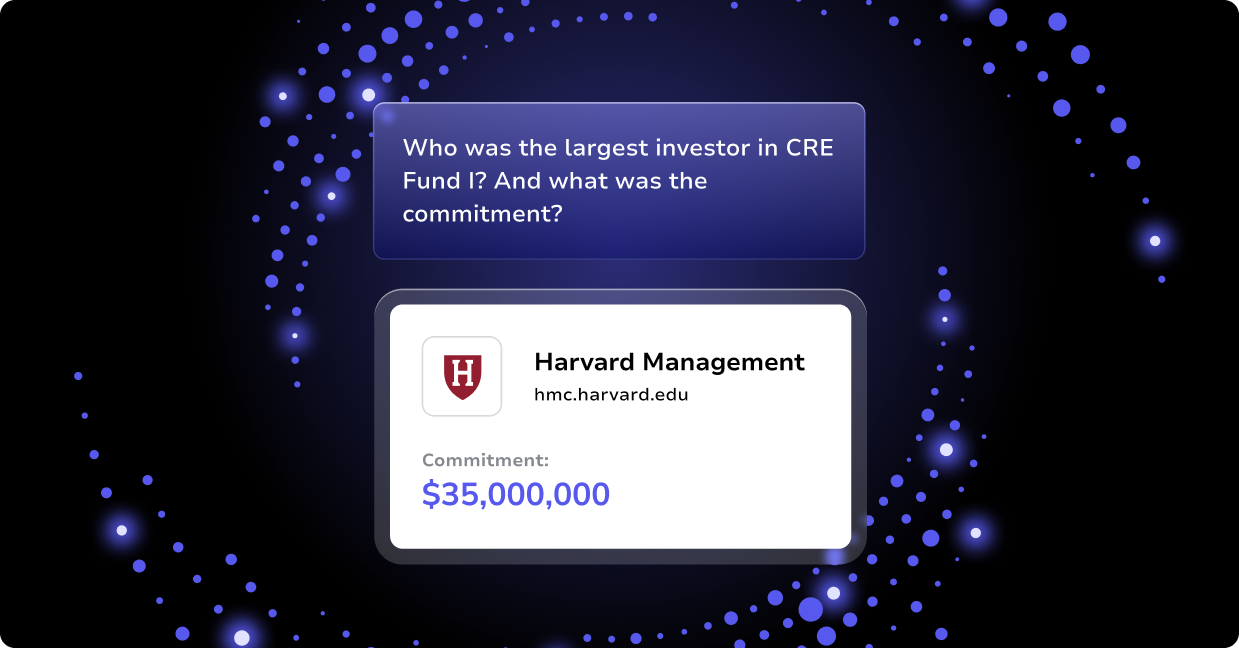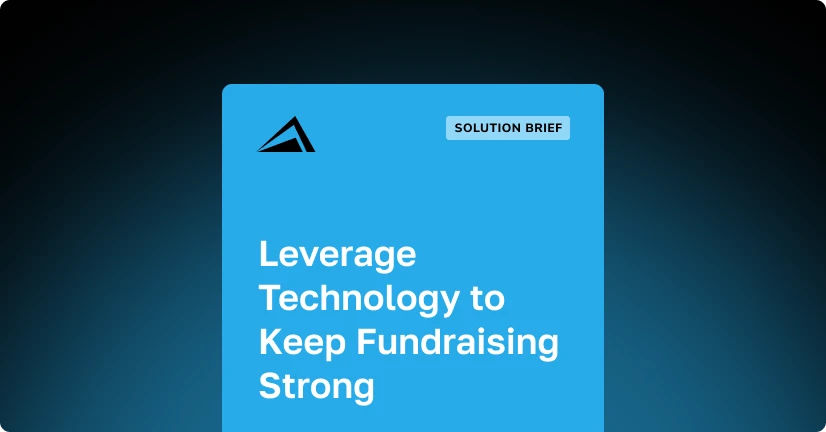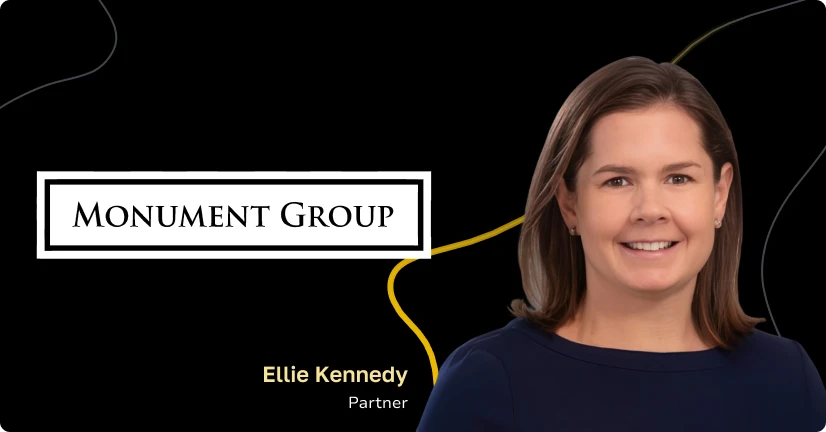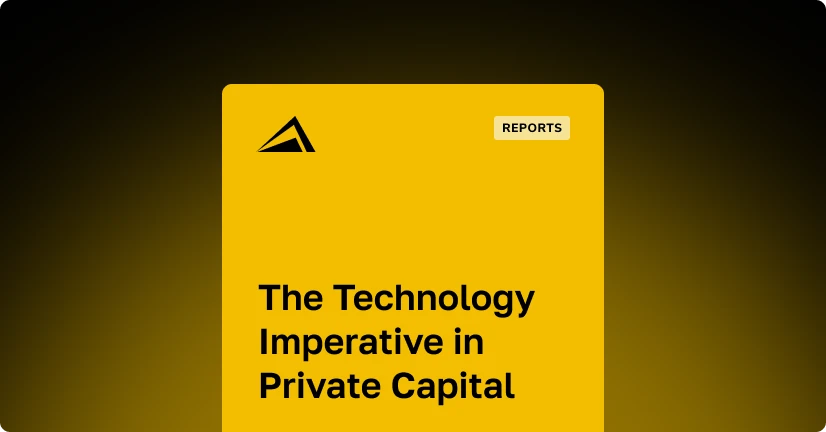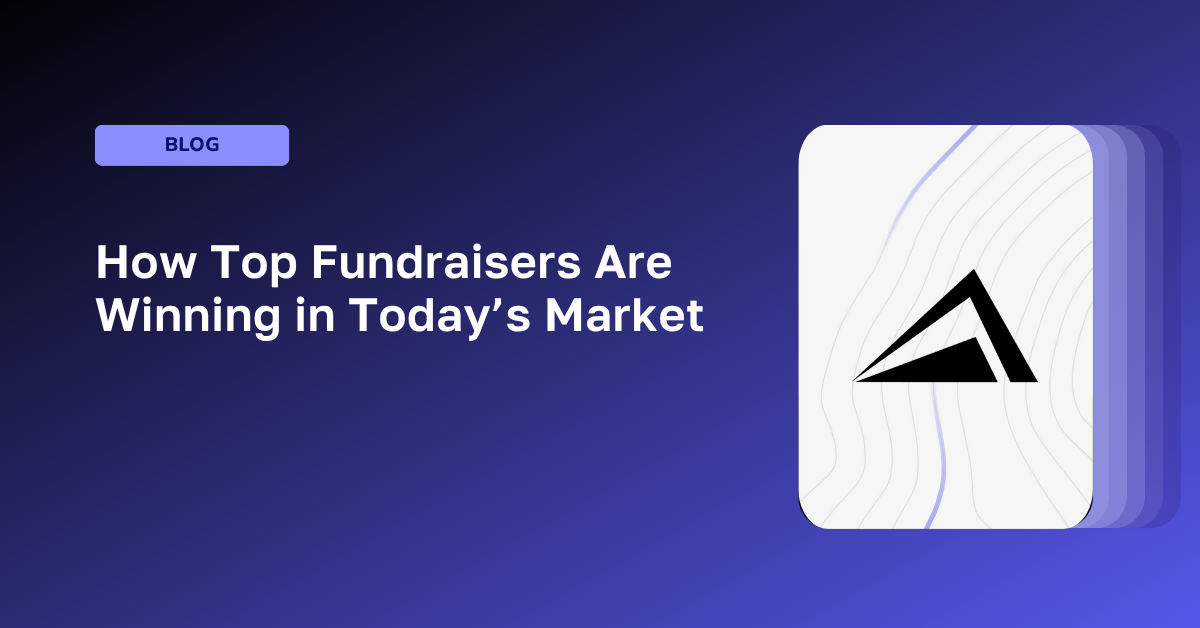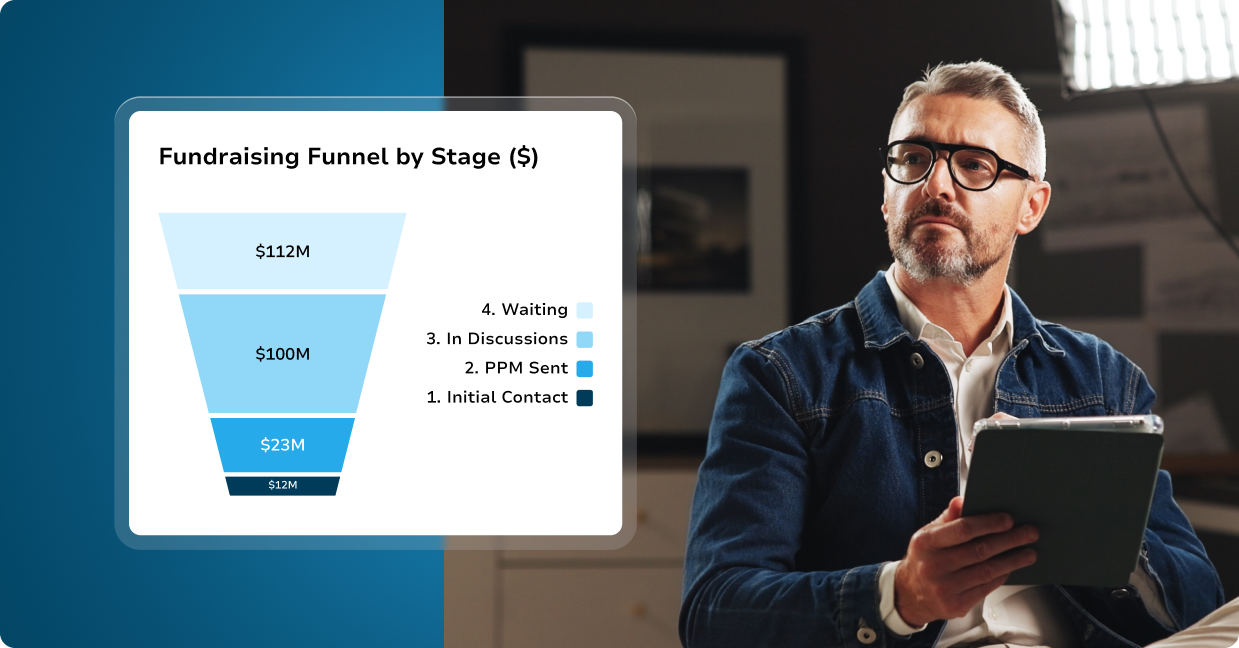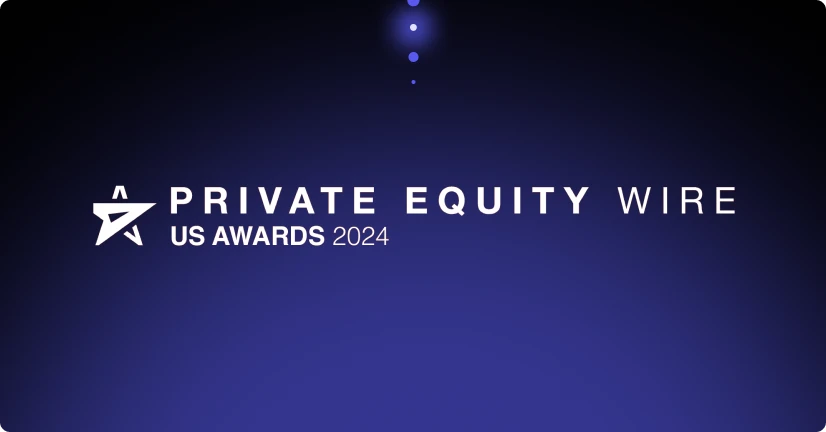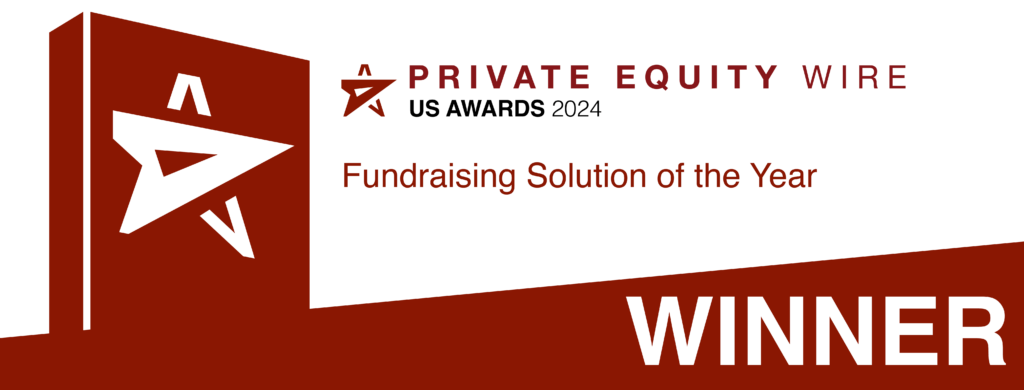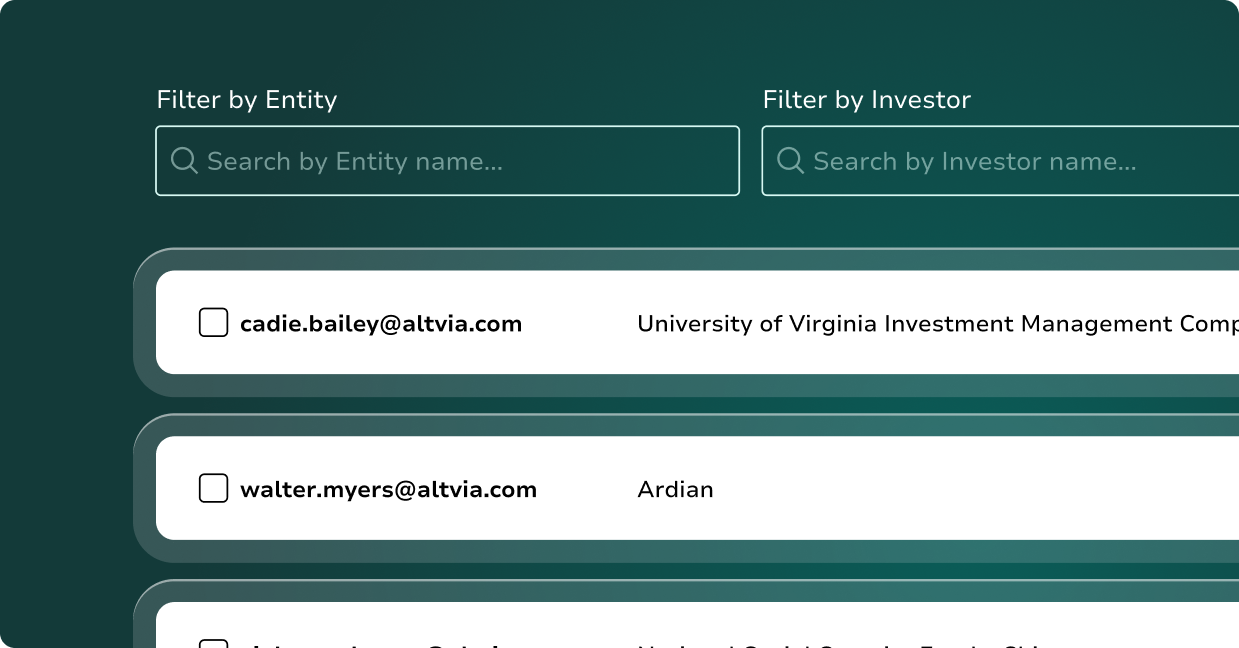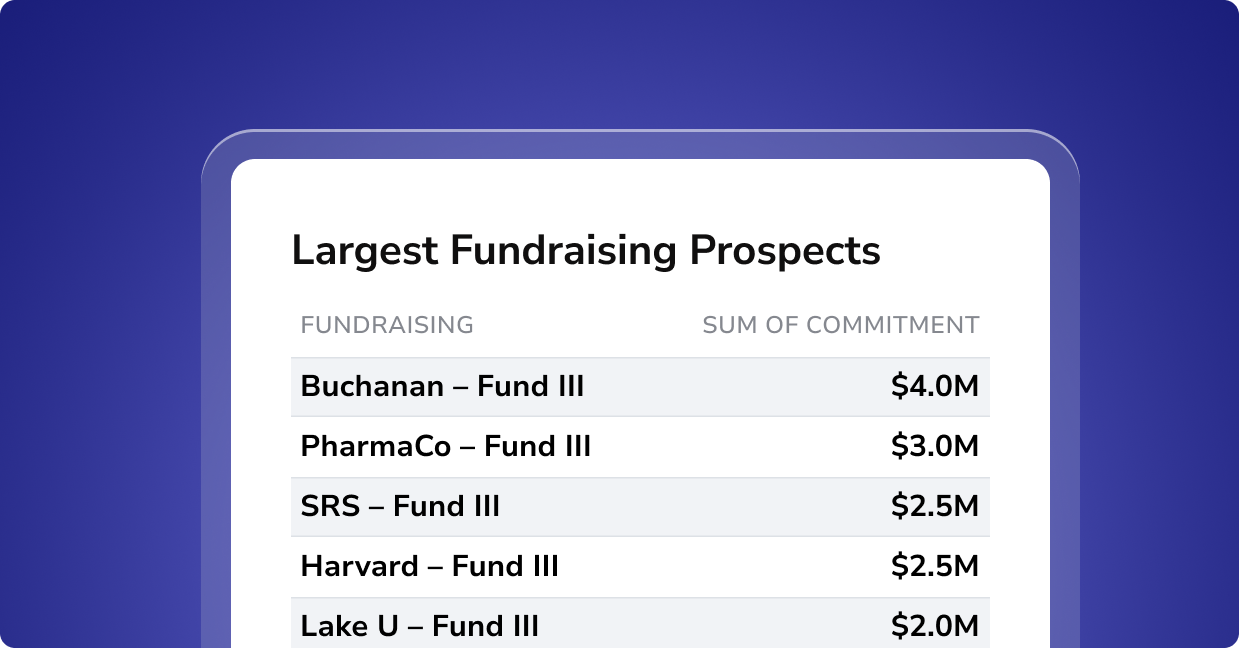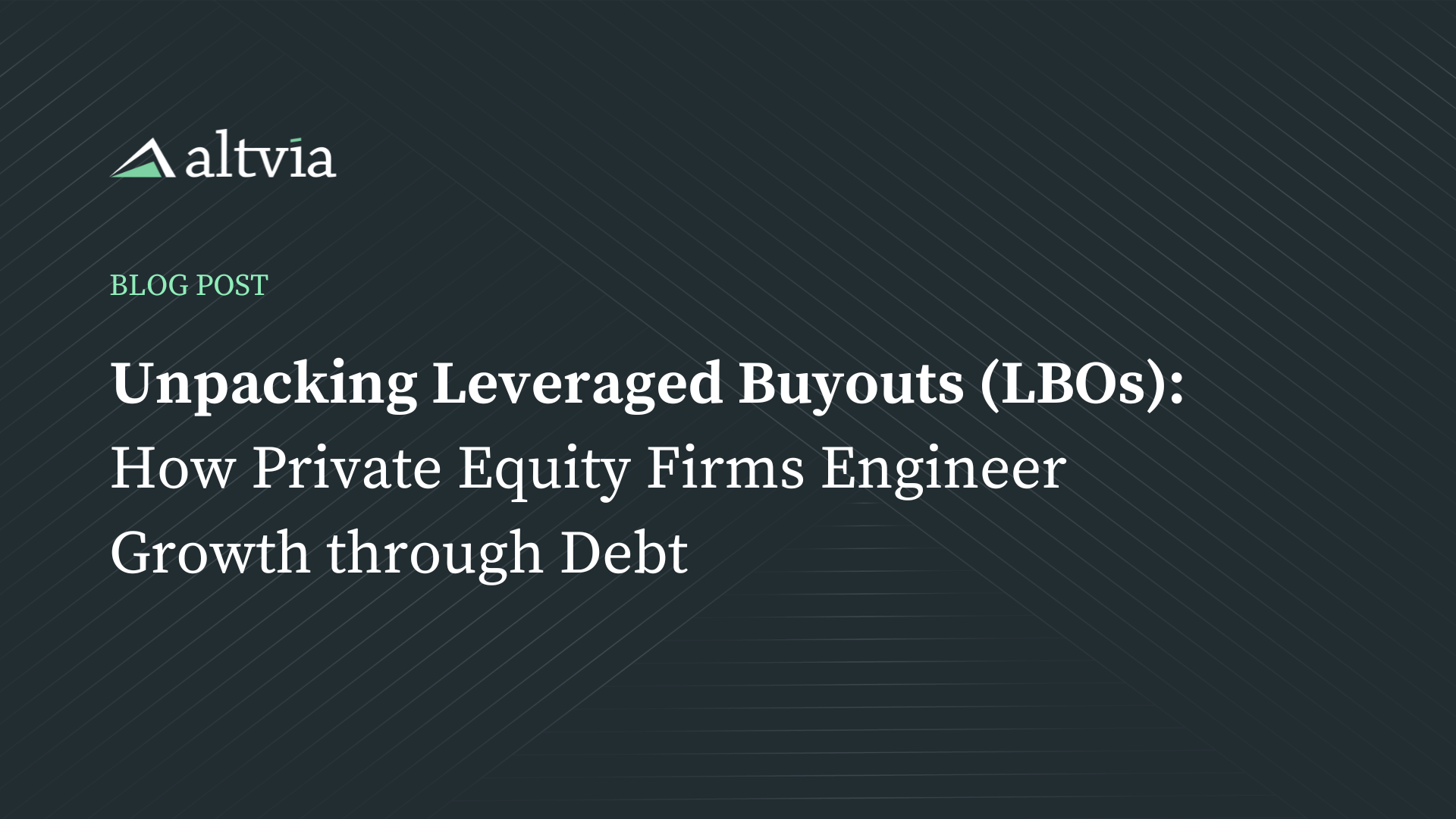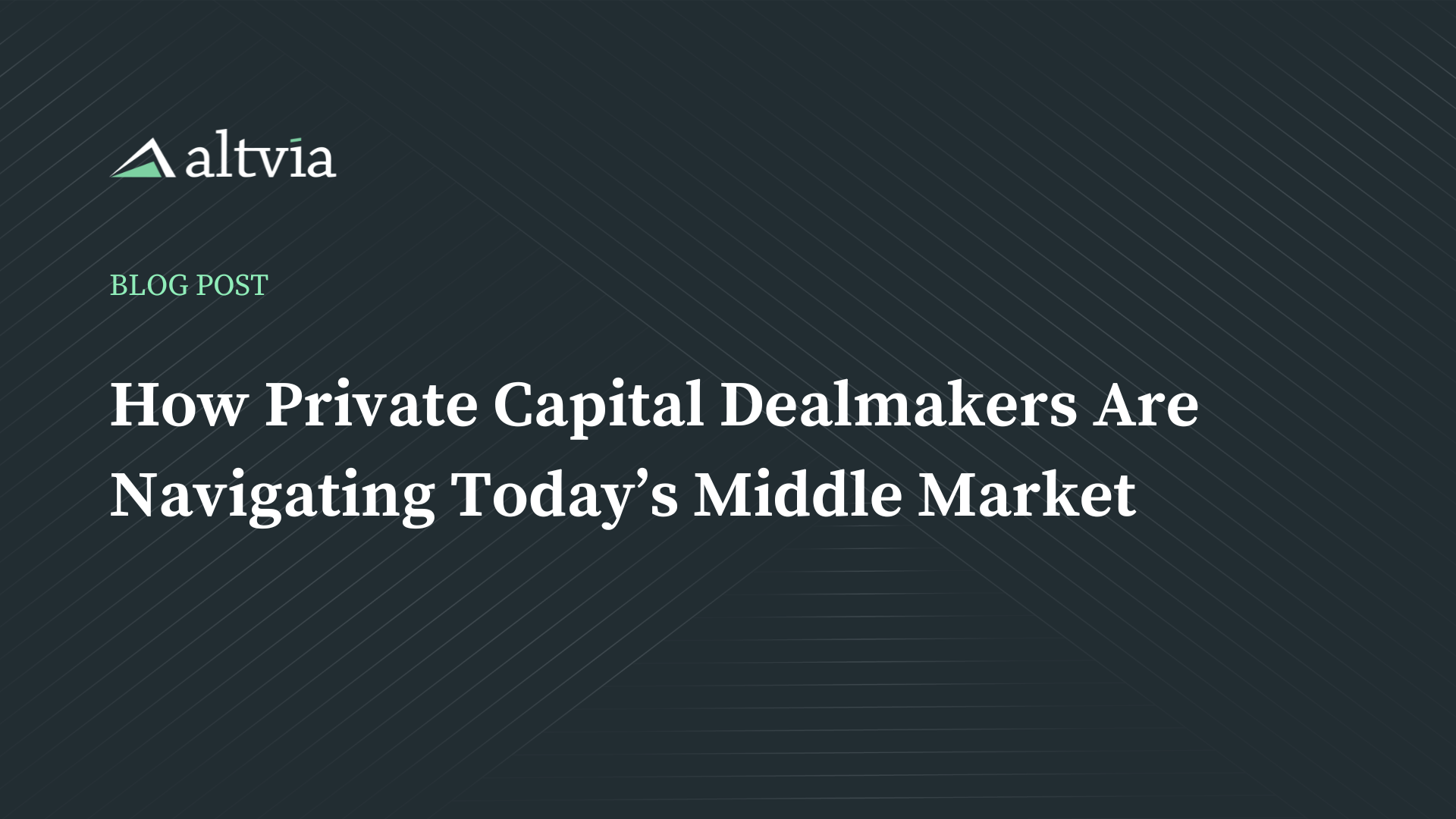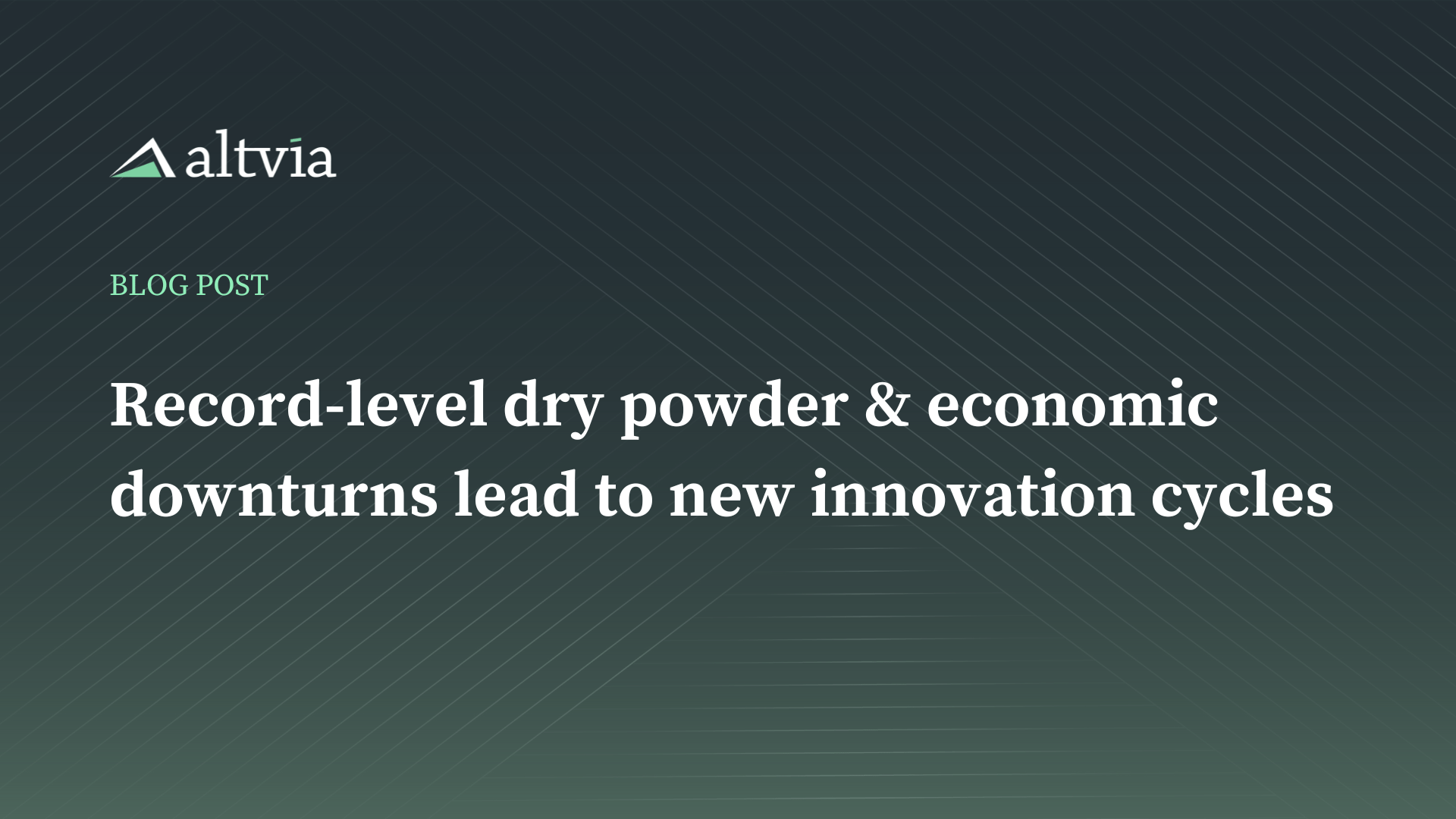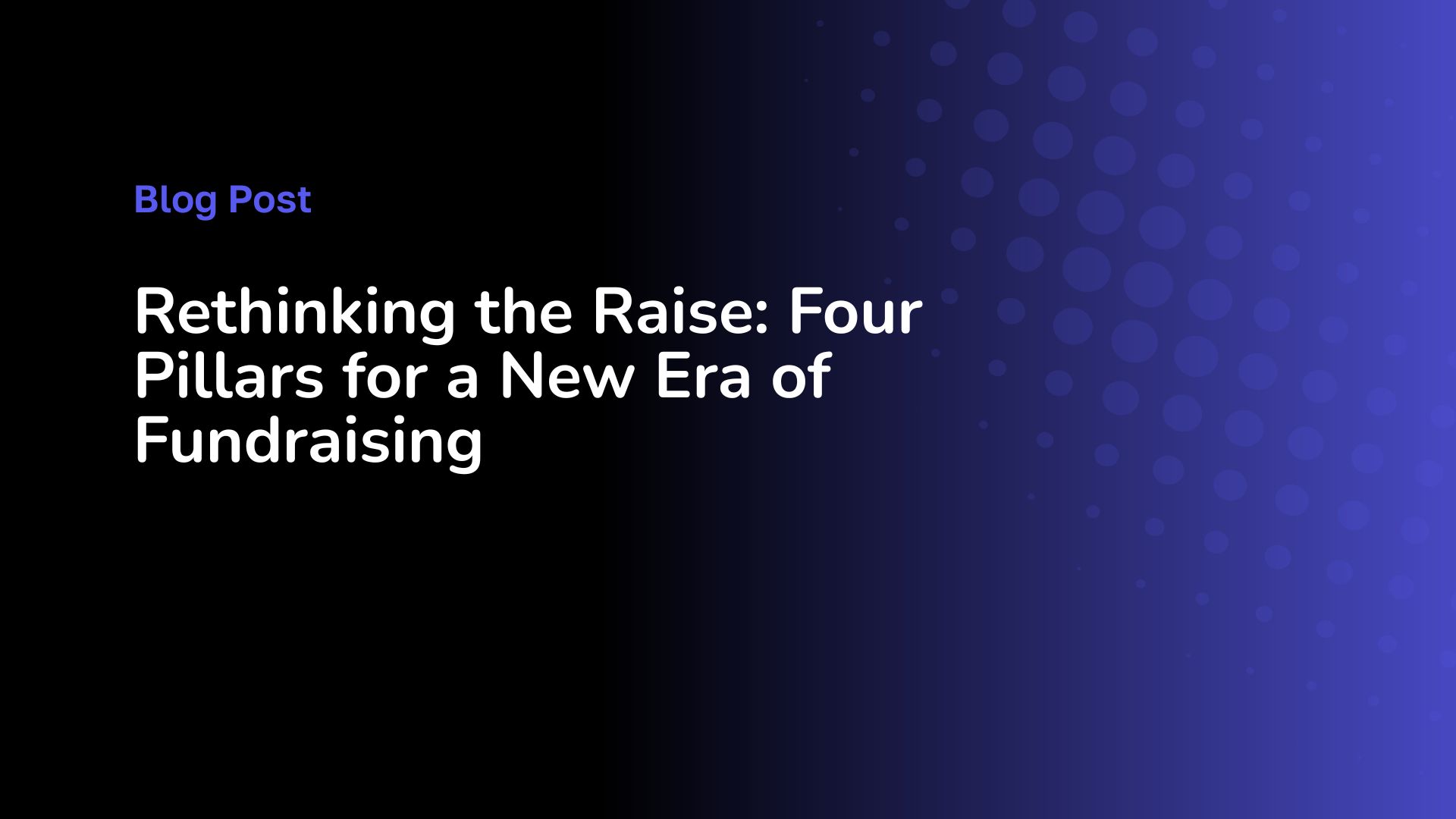
A Market Under Pressure
Private capital fundraising has entered a new era—defined by longer cycles, sharper scrutiny, and higher expectations. According to Preqin, the median PE fundraising timeline has jumped from 14 to 19 months in just two years, a 35% increase. Nearly 90% of LPs now report receiving GP extension requests (Coller Capital), reflecting tighter liquidity and deeper diligence. Global fundraising volumes reinforce the trend: down 35% in Q1 2025, with fund closings off by 34% (Paul Weiss).
For GPs, this new environment creates real pressure. Every month spent on the road compresses IRR, while rivals get more time to court the same LPs. Meanwhile, new SEC requirements like the Form PF update (effective June 2025) mandate faster, more granular reporting, raising the bar for operational rigor.
LPs aren’t just assessing past performance—they are evaluating how firms run the fundraising process itself. They want clarity of thesis, transparency of data, disciplined communication, and evidence of partnership readiness. These demands crystallize into four partner-level pillars: Story, Data, Communication, and Relationship Intelligence. And, spoiler alert, a technology platform that’s built for PE workflows is the connective tissue enabling all four.
Pillar 1: Story — Clarity Is Currency
Your story is no longer optional; it’s a gating factor. LPs must be able to repeat it credibly in two sentences to their allocation committees.
- Generic: “We target fragmented markets with favorable demographics.”
- Differentiated: “We acquire rural outpatient clinics producing $3.8B EBITDA annually, trading 25% below urban comps due to regulatory hurdles. Our team doubled margins at three acquisitions. We target 22–24% net IRR and 2.0× DPI in five years.”
The second is specific, credible, and repeatable—exactly what LPs need. Your CRM platform ensures consistency by automatically syncing KPIs, track record visuals, and updates across decks, DDQs, and LP portals, reducing the risk of discrepancies that erode trust.
Pillar 2: Data — From Static Numbers to Living Proof
In Preqin’s 2025 survey, 73% of LPs cited inconsistent reporting as their top frustration. Data that is scattered or delayed slows processes and undermines confidence. Today’s baseline expectation: centralized, transparent, and comparable reporting.
Best practice includes:
- Standardizing reporting formats, fee disclosures, and communication templates. Centralizing performance history, portfolio updates, and communication in one secure portal.
- Presenting not just results but drivers—margin expansion, exit multiples, deployment velocity.
Technology’s role here is pivotal. Native integration between CRM, data room, and reporting platforms eliminates version conflicts and manual reconciles, while audit-ready trails reinforce trust.
Pillar 3: Communication — Cadence Builds Confidence
Every interaction is a test. LPs interpret communication as a proxy for how you’ll operate post-close. Top-performing GPs establish predictable cadences: publishing calendars with milestones like deck freezes, data refreshes, and target closes, and sending updates within 24 hours if timelines shift.
Candor is equally critical. A same-day update explaining why a deal fell through builds more confidence than silence or spin. Technology reinforces this discipline by automating workflows, sending reminders, triggering LP-specific updates, and ensuring consistency across every touchpoint.
Pillar 4: Relationship Intelligence — Partnership Readiness in Practice
Fundraising is less about transactions than signals of partnership quality. LPs evaluate how you listen, coordinate, and preserve context.
Relationship intelligence means:
- Capturing every interaction and feedback loop.
- Tracking LP behavior in portals and prioritizing those who engage deeply.
- Acting on repeated concerns to demonstrate adaptability.
To enable this partnership, purpose-built CRMs integrated with portals and workflows ensure institutional memory—so even with team turnover, LPs experience seamless continuity instead of repeated questions.
Integrated Technological Platform — The Foundation That Scales Trust
Across all four pillars, integrated technology is the foundation. It:
- Provides structure: unified platforms eliminate manual reconciles.
- Signals maturity: workflows and audit trails demonstrate polish.
- Enhances service: LP portals, proactive alerts, and tailored dashboards build trust and drive re-ups.
Carried forward post-close, this infrastructure ensures continuity: automated reporting in hours, real-time dashboards, and seamless handoffs across teams. GPs who embed technology in their fundraising process not only raise capital more efficiently—they build lasting, compounding partnerships.
Where Altvia Fits
Altvia brings the four pillars together in one purpose-built platform for private capital:
- Unify your story: sync KPIs and track record visuals across decks, fundraise datarooms, and portals.
- Centralize your data: standardize disclosures and maintain version control in a secure, audit-ready environment.
- Operationalize communication: automate calendars, updates, and variance notes triggered by LP activity.
- Build institutional memory: capture every touchpoint and preference, ensuring continuity across vintages.
Altvia Advantage: With a unified data model spanning CRM, LP portal/VDR, analytics, and workflows, Altvia delivers the institutional polish LPs notice.
Read more in our free Rethinking the Raise eBook here! Don’t worry, we don’t need your information to access it either.
👉 Ready to see how it works? Request a Demo
